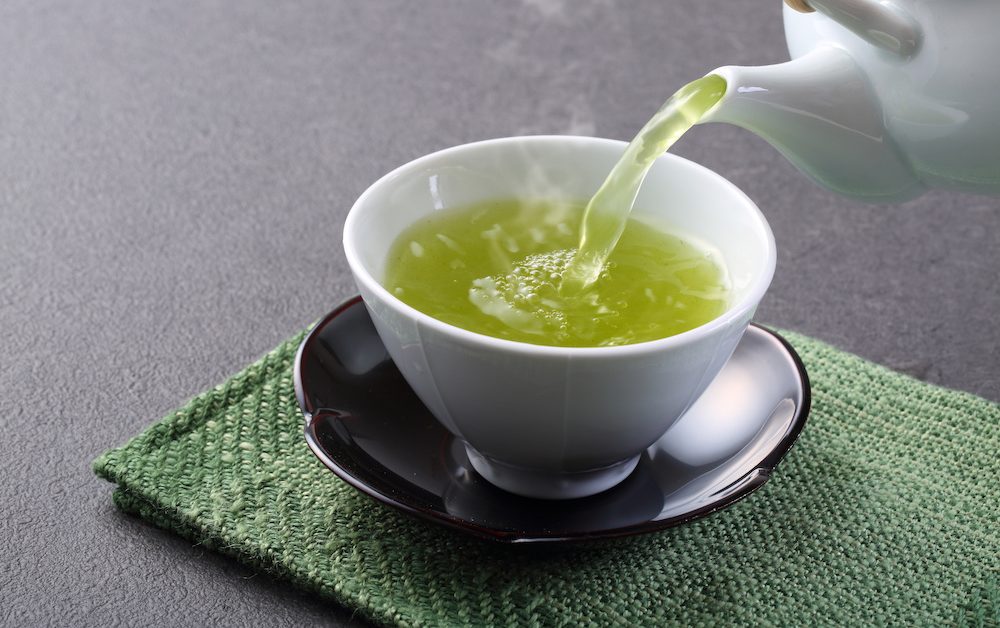NasaColumn

04/05/2025
Japanese Tea to the World!
- Blog
- Tea
Japan boasts numerous unique and world-renowned products and services, and when you think of Japan, what comes to mind? Culture, architecture, nature, food? Yes, all of these are absolutely right! Among them, one of the most representative and closely related to our industry is Japanese tea. Today, I’d like to write a little bit about it.
Japanese tea is carefully grown in the vast natural landscapes of Japan, going through a meticulous process to achieve its final form. Its characteristic deep flavor, elegant aroma, and the color of the brewed tea, reminiscent of Japan’s beautiful nature, are truly one-of-a-kind. Not only is it visually stunning, but Japanese tea has also been gaining attention once again as a healthy food. It is rich in components like theanine, catechins, and caffeine, all of which are beneficial for modern health. The reason for its high quality lies not only in the natural attributes of the tea itself but also in the secret behind its meticulous production process.
The journey to making Japanese tea involves many steps. First, the tea leaves are harvested. Everything from soil preparation to cultivation is done with care, and Japan’s four distinct seasons influence the flavor of the tea leaves. The most valuable and rare tea is the first harvest of the spring, known as “Ichibancha,” which is still hand-picked with great care, one leaf at a time. This process is truly authentic. After harvest, the tea leaves are immediately steamed, a unique process that imparts the distinctive color and aroma of Japanese tea. From there, the leaves go through several steps: rolling, drying, and shaping. Once the leaves are in their rough form, the final “finishing” process is done with skilled techniques, resulting in the finished tea. Depending on how this finishing process is carried out, various types of Japanese tea are created. In addition to the classic green tea (sencha), there’s also roasted brown hojicha and tea with roasted rice, called genmaicha, offering a variety of options to suit the season or occasion.
Recently, not only has tea been consumed as a beverage, but it is also increasingly being incorporated into cooking and desserts. Matcha in particular has gained recognition around the world, with products being developed to suit different regional markets. Unfortunately, the domestic consumption of Japanese tea has been steadily decreasing over the years, but with the growing awareness of its health benefits, I believe we will see more diverse product offerings in the future. In fact, we’ve even established a tea finishing factory in Morocco and are expanding our Japanese tea export business to Europe and the Middle East. Our goal is to bring the excellence of Japanese tea to our overseas customers, and we continue to carefully finish the tea each day with that mission in mind!
Japanese tea represents not just a drink, but a deep connection to the culture and craftsmanship of Japan. We hope to share its unique qualities with the world and continue to promote its appreciation globally.
